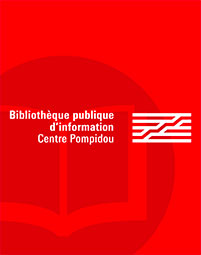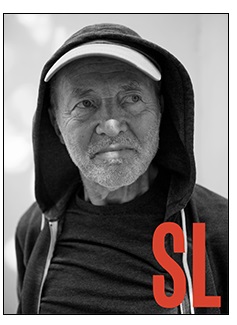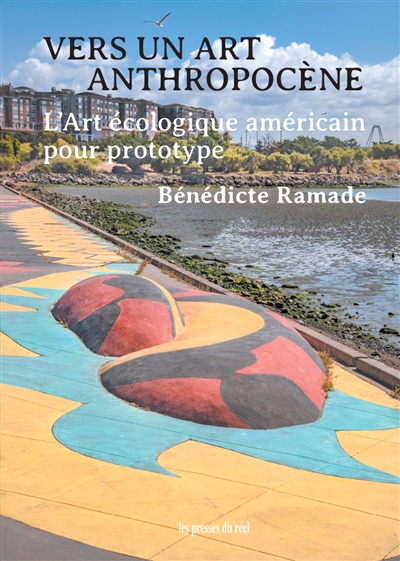par Cohen-Solal, Annie (1948-....) ; Godberger, Paul ; Gottlieb, Robert
Thames et Hudson
2014 -
-
Disponible - 707.38 COH
Niveau 3 - Arts
Résumé : New York Mid-Century tells the story of how the Big Apple emerged as the cultural capital of the post-war world in all fields of creative endeavour, from art, architecture and design to music, theatre and dance. It was a period of intense cross-fertilization, as poets and critics mixed with artists, dealers, musicians, designers, architects, dancers and choreographers. Annie Cohen-Solal brings alive the influential critics and patrons, the legendary galleries, and the artists themselves, from Pollock, Rothko and de Kooning to Johns, Rauschenberg and Warhol. Paul Goldberger presents the modernist architectural masterpieces that created the city’s sleek new profile, highlighting both public and private spaces, while Robert Gottlieb invites us to relive the heyday of the musical, explore the great jazz clubs of Harlem, and peek into the inventive studios of the dance world. Richly illustrated with hundreds of paintings, drawings, photographs, elevations, plans, posters, playbills and ephemera, New York Mid-Century is a stirring evocation of a remarkably fertile period in the city’s history, the styles and aesthetics of which are now very much back in vogue. - Note de l'éditeur

 Les bibliothèques de la ville de Paris
Les bibliothèques de la ville de Paris
 Les bibliothèques universitaires
Les bibliothèques universitaires
 La BnF
La BnF
 L'encyclopédie Wikipédia
L'encyclopédie Wikipédia
 L'Encyclopædia Universalis
L'Encyclopædia Universalis
 La bibliothèque du film
La bibliothèque du film
 La médiathèque de la Philharmonie de Paris
La médiathèque de la Philharmonie de Paris

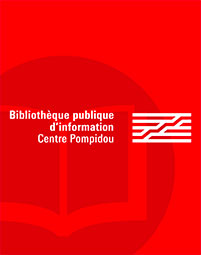

![Le surréalisme dans l'art américain : Dali, Ernst, Tanguy, Pollock, Rothko, Johns, Bourgeois : [exposition, Marseille, Centre de la Vieille Charité, 11 mai - 26 septembre 2021]](/imported_images/livre/couverture/978-2-7118-7479-8.jpg)
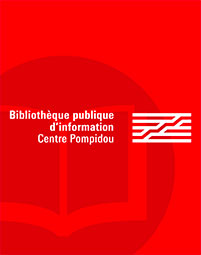
![Grief and grievance : art and mourning in America : [exhibition, New York, New Museum, October 20, 2020 - January 24, 2021]](/imported_images/livre/couverture/978-1-83866-129-8.jpg)
![United States of abstraction : artistes américains en France, 1946-1964 : [expositions, Nantes, Musée d'arts de Nantes, 12 février-24 mai 2021 ; Montpellier, Musée Fabre, 3 juillet-17 octobre 2021]](/imported_images/livre/couverture/978-94-6161-667-8.jpg)
